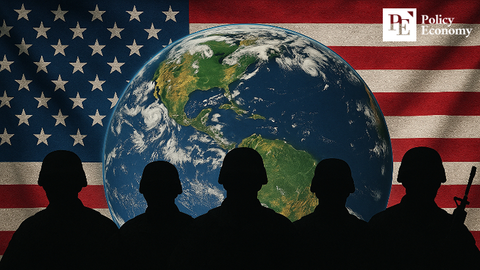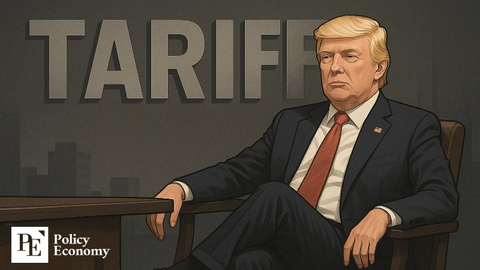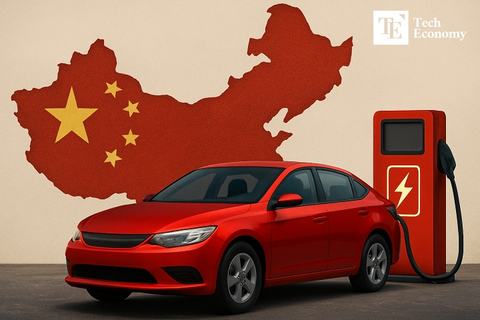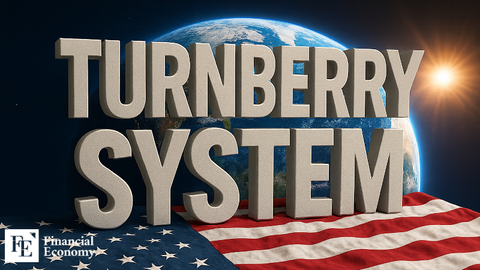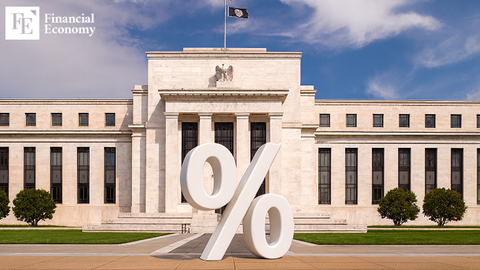From Checkout to Crisis: How Plummeting Consumer Confidence and Trump’s Tariffs Are Shaking the U.S. Economy
Input
Changed
Consumer Anxiety Deepens as Economic Pressures Mount Retail Industry Buckles Under Economic Strain A Shrinking Wallet and a Shrinking Economy?
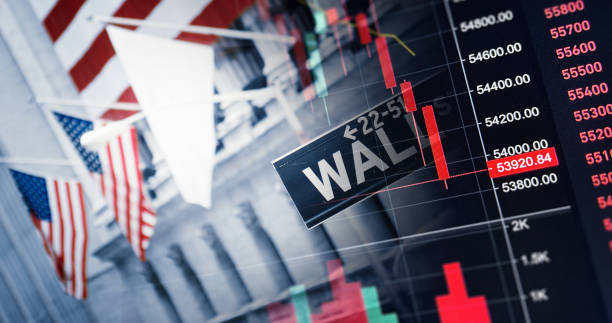
Consumer Anxiety Deepens as Economic Pressures Mount
The US economy is in a precarious position, with recent reports revealing a sharp decline in consumer confidence, hitting its lowest point since January 2021. This alarming development has raised concerns about the future economic landscape, as consumers across the country express growing anxiety about their financial stability. Despite efforts to stimulate growth, the US economy faces serious challenges, largely fueled by inflation, rising interest rates, and the lasting impacts of trade policies, particularly the tariffs introduced during the Trump administration. The retail sector, in particular, stands as one of the first industries to feel the effects of this decline in consumer sentiment. As households tighten their spending and adjust their budgets, retailers are already witnessing a contraction in sales, and the worst may still be ahead.
Recent data from the Conference Board has revealed a staggering drop in consumer confidence, which has now reached its lowest level in over 12 years. This sudden dip can be attributed to multiple factors, including inflation, interest rates, and the enduring consequences of trade tariffs imposed during Donald Trump's presidency. In March 2025, the consumer confidence index fell to levels not seen since the early days of the COVID-19 pandemic. This drop is particularly concerning because consumer confidence is a leading indicator of economic activity, and when consumers become more anxious about their financial future, it typically leads to reduced spending. With consumer spending contributing to nearly two-thirds of US GDP, any reduction in this area can significantly impact overall economic growth.
Americans are increasingly concerned about their financial prospects, as they grapple with rising prices on everything from food to housing. Inflation remains a persistent issue, causing everyday goods to become more expensive, and higher interest rates have made it more difficult for individuals to borrow money. These economic pressures have left consumers feeling more financially insecure, and they are starting to adjust their spending habits. As a result, confidence in the economy is faltering, and many are bracing for more difficult financial times ahead.
While inflation and interest rates are certainly contributing to the decline in consumer confidence, one of the most significant and long-lasting factors has been the trade policies implemented during Donald Trump’s presidency, particularly the tariffs he imposed on a wide range of goods. Trump’s “America First” agenda led to the implementation of tariffs on steel, aluminum, electronics, and other products, which were designed to reduce the trade deficit and protect American industries. However, the unintended consequence of these tariffs has been higher prices for consumers.
The tariffs have caused manufacturers to increase their prices, and businesses across various sectors have passed these increased costs on to consumers. As a result, everyday items have become more expensive, leaving consumers with less disposable income. For many households, the additional financial burden of paying higher prices for basic goods has been difficult to bear. The impact of these tariffs is particularly evident in the retail sector, where consumers are now spending less on discretionary items and focusing more on essential goods. This change in spending patterns has already led to a slowdown in retail sales, with some retailers reporting significant losses.
Compounding this issue is the ongoing uncertainty surrounding global trade relations. As trade tensions continue to simmer, particularly with major economic powers like China and the European Union, many consumers are concerned about the possibility of further tariff hikes or new trade restrictions. This uncertainty has led to heightened fears about the future, and as a result, consumer confidence remains at historically low levels.
The retail industry is often one of the first to feel the impact of declining consumer confidence. When consumers become more cautious with their spending, the demand for non-essential goods tends to decrease. This has been the case for many retailers, who are now facing an increasingly difficult business environment. With inflation driving up the cost of goods and consumers cutting back on discretionary spending, many retailers are reporting lower sales figures and shrinking profit margins.
Walmart, one of the largest retailers in the world, has already reported a staggering $22 billion loss as a direct result of the drop in consumer confidence. The company attributes this significant loss to a combination of factors, including the rising costs of goods, reduced spending on non-essential items, and the overall economic slowdown. As a major player in the retail industry, Walmart’s losses are particularly telling, as they reflect the broader challenges faced by retailers nationwide.
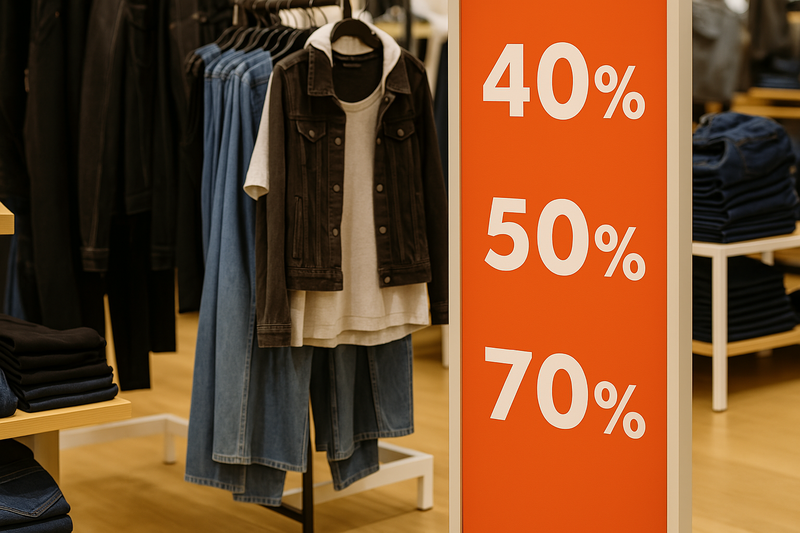
Retail Industry Buckles Under Economic Strain
The retail sector is in a precarious position. Some retailers have begun scaling back their inventory to avoid overstocking items that may not sell, while others are cutting back on their expansion plans. The contraction in retail sales is not limited to the largest retailers like Walmart, however. Smaller businesses are also feeling the pinch, with many struggling to maintain profitability as their customers become more price-sensitive and cautious with their spending.
One of the most significant changes in consumer behavior in response to the decline in consumer confidence is the shrinking of household basket sizes. This term refers to the amount of goods that consumers purchase during a single shopping trip. As inflation continues to rise, many households are opting to purchase smaller quantities of goods, or they are switching to cheaper alternatives in an effort to make their money go further.
This trend is most noticeable in grocery stores, where consumers are cutting back on non-essential food items and focusing on basic necessities. For example, many consumers are opting for smaller portions, choosing generic brands, and even forgoing certain items altogether. The rising cost of essentials such as food, fuel, and utilities has left many families with less disposable income to spend on discretionary items, further tightening household budgets.
For retailers, this shift in consumer behavior has led to a reduction in average sales per transaction. As a result, businesses are forced to adjust their pricing strategies and promotional efforts. Retailers are increasingly relying on discounts and deals to drive sales, but these strategies can only do so much to offset the decline in consumer confidence. As household basket sizes continue to shrink, retailers will have to find new ways to attract customers and encourage spending.
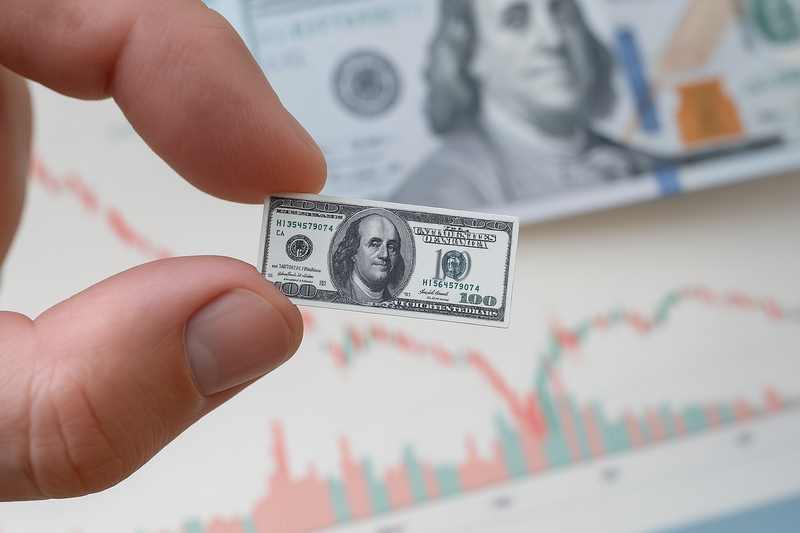
A Shrinking Wallet and a Shrinking Economy?
The continued erosion of consumer confidence is a worrying sign for the US economy, as a prolonged period of low confidence often signals a slowdown in economic activity. When consumers feel uncertain about their financial future, they tend to spend less, save more, and reduce their overall economic engagement. This reduction in consumer spending can lead to lower demand for goods and services, which in turn can result in businesses cutting back on investments, laying off workers, and slowing down production. The result is a broader economic slowdown that could eventually lead to a recession.
The retail sector is already bearing the brunt of this slowdown, and if consumer confidence continues to decline, the impact will likely spread to other industries as well. Many economists are forecasting a potential recession on the horizon, with lower consumer spending, rising unemployment, and an overall contraction in economic activity. The US economy is at a crossroads, and unless significant changes are made to address these challenges, the country could be facing a prolonged period of economic hardship.
The US economy is currently navigating turbulent waters, with consumer confidence plummeting to levels not seen since the early days of the pandemic. The lasting effects of Trump-era tariffs, combined with inflationary pressures and rising interest rates, are creating an environment of economic uncertainty. As Americans become more cautious with their spending, the retail sector is already feeling the effects, with major retailers like Walmart reporting significant losses. If consumer confidence continues to slide, the US economy could be headed toward a recession, with far-reaching consequences for businesses and individuals alike. The path forward remains unclear, but one thing is certain: the economic challenges facing the US are far from over, and the impact will be felt across the entire economy.


